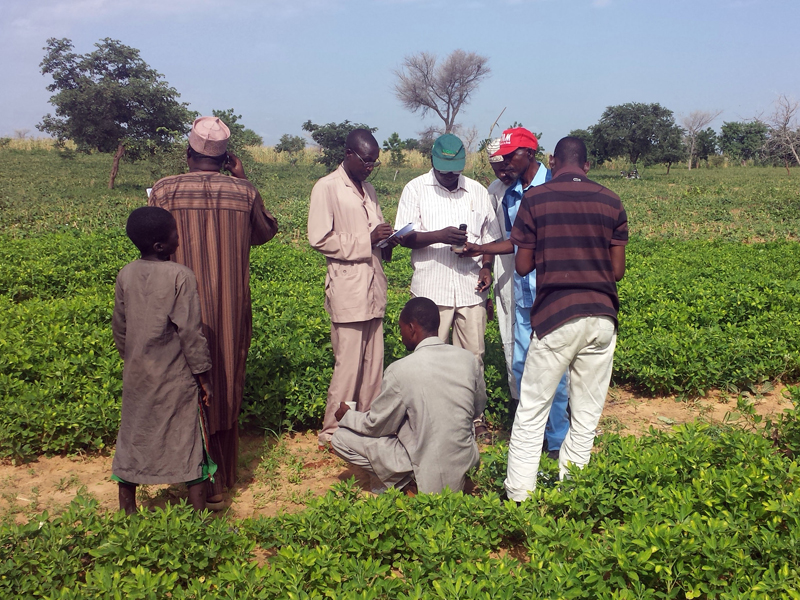Conservation
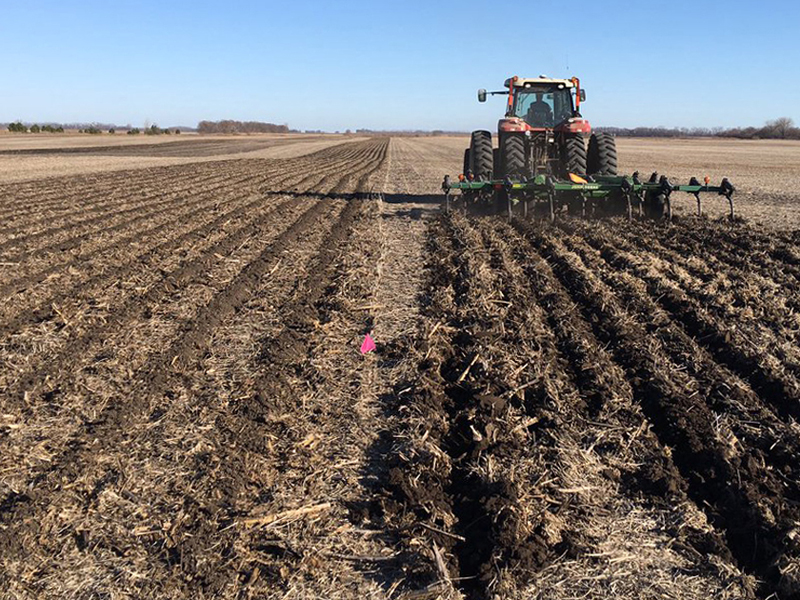
Just as we blend, cut, and fold ingredients together to follow a recipe, farmers use equipment to stir together soil and crop residue (stalks and roots of previous crops) before planting. This mechanical action is called tillage.
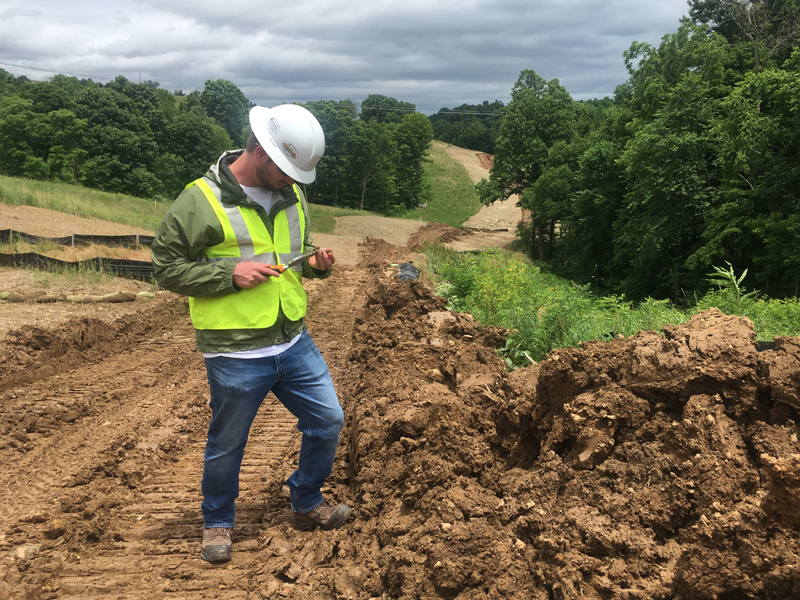
More than 2.4 million miles of energy pipelines crisscross the United States. If assembled end-to-end, they would circle the Earth almost 100 times!
Energy pipelines transport products such as crude oil or natural gas. Some of the pipelines are above ground, but most of them are buried. Often, energy pipelines pass through previously undisturbed areas. These areas need to be managed carefully to re-establish ecologically functioning systems. This complex process is called land reclamation.
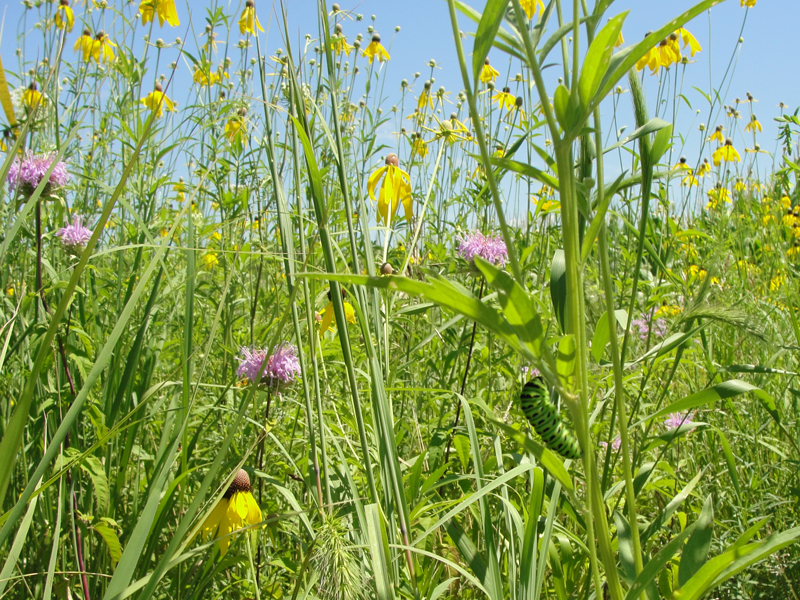
Modern agriculture’s large monoculture fields grow a lot of corn and soybeans, planted annually. The outputs from row crops can be measured both in dollars paid in the market and also in non-market costs, known as externalities. Soil, nutrients, groundwater, pollinators, wildlife diversity, and habitat (among other things) can be lost when crop yields are maximized.
Now it appears that prairie strips have an extraordinary power to change this pattern.
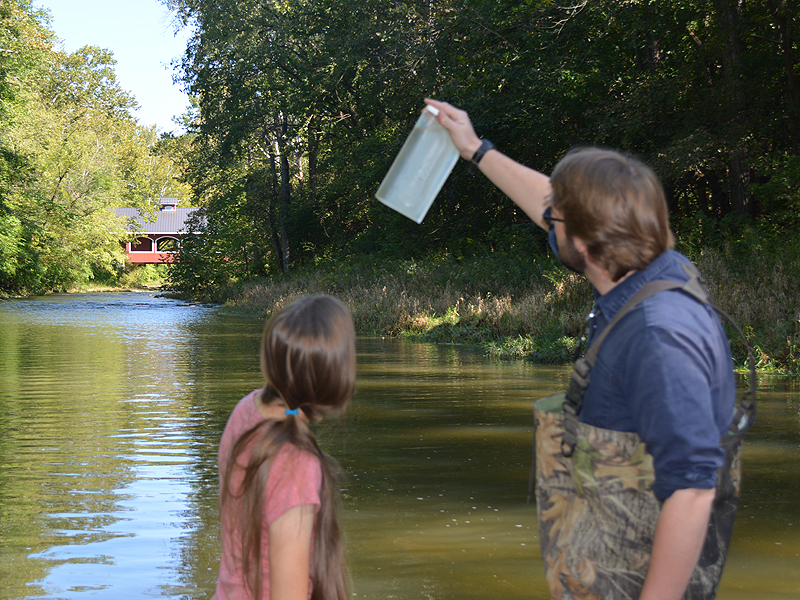
In the early 1990s, Acton Lake in southwestern Ohio had a muddy problem. Large amounts of sediment from nearby farms were entering the lake’s watershed. These sediments traveled through streams draining the landscape and were filling up the lake.
So, the USDA gave local farmers incentives to change some of their farming practices. One of these practices was conservation tillage, in which the soil is plowed less often. That can reduce sediment runoff.
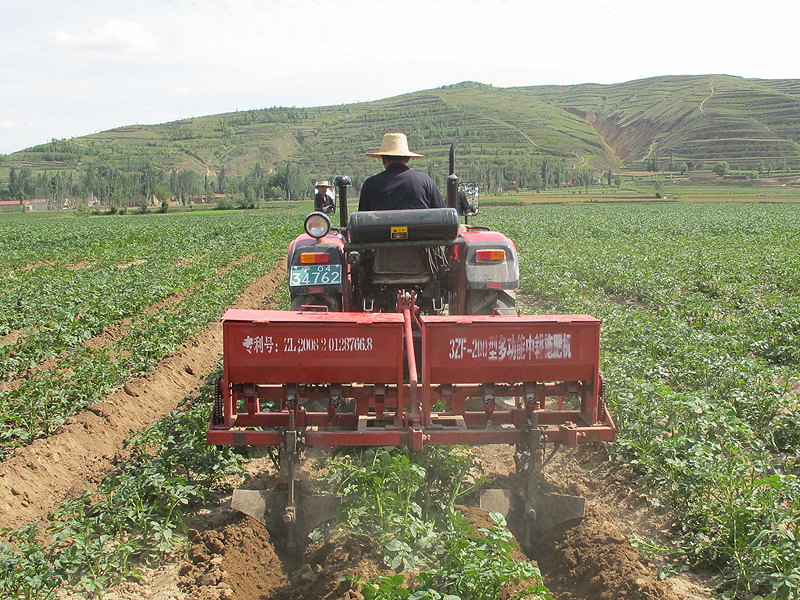
When you think of China, do you think of potatoes? Maybe not, but in the Loess Plateau region of northwestern China, potato is the main food crop.

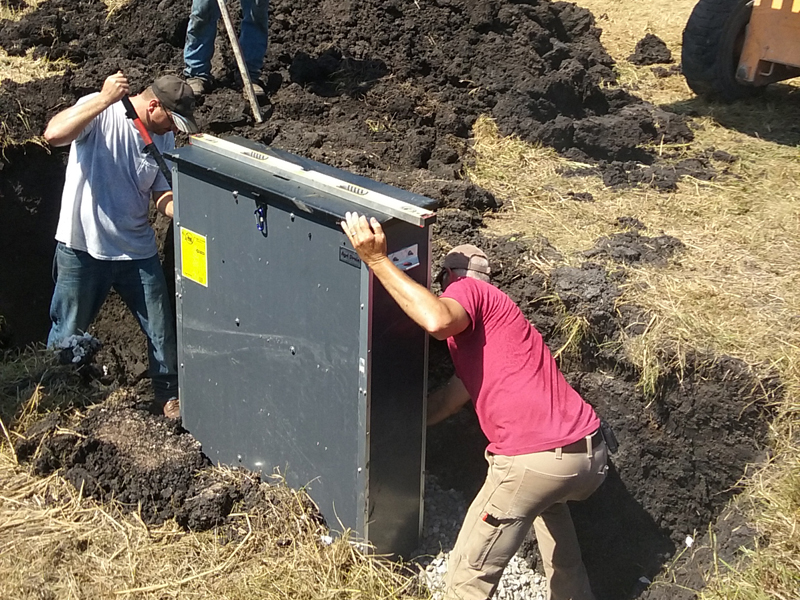
Spring in America’s heartland is often wet. That makes its soil too soft for planting. One solution to that issue is tile drainage. Growers insert a series of pipes (drain tiles) under their fields, which drains water from the soil into nearby streams and lakes.

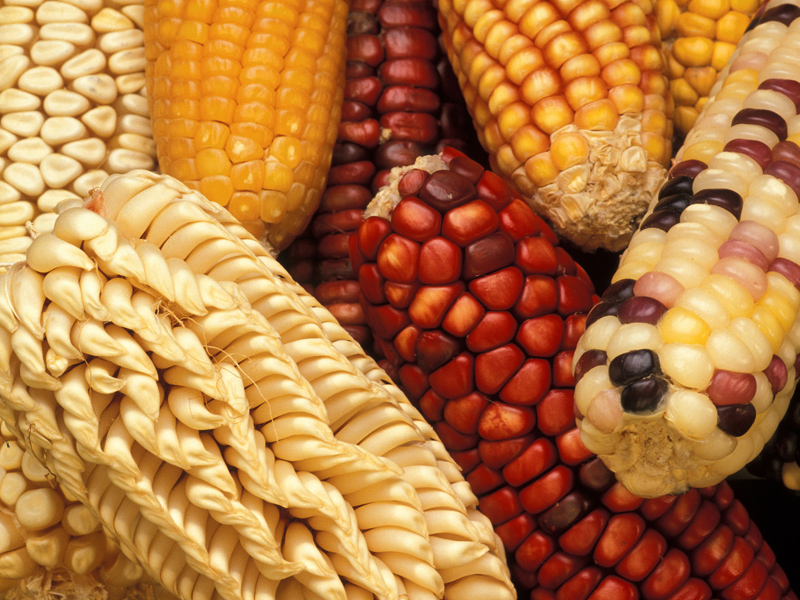
Imagine a gardener, plant explorer, geneticist, and computer specialist all rolled into one job. You might call that person a steward of plant genetic resources.

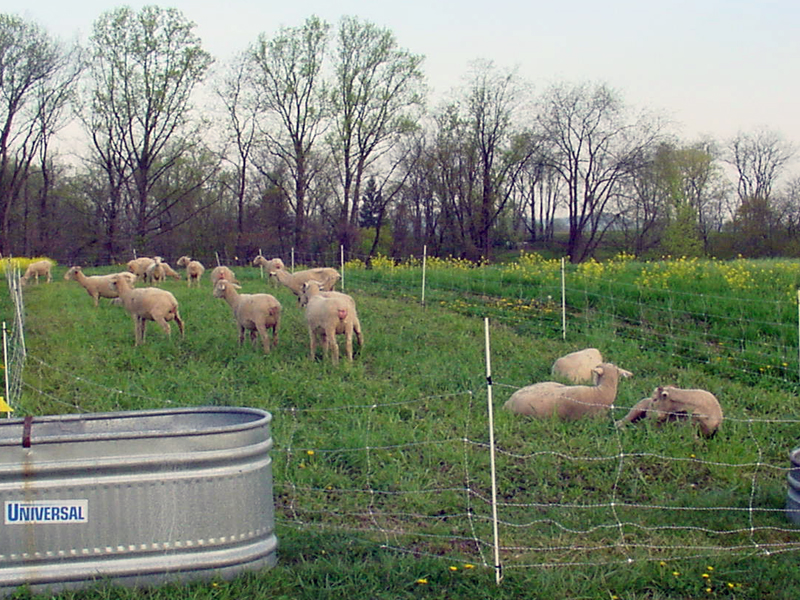
Soil gets tired. After years of supporting a rotating cast of crops, the soil’s nutrient supply is often exhausted. The tilling, turning, and planting also degrade the organic matter in the soil and its ability to stay hydrated.

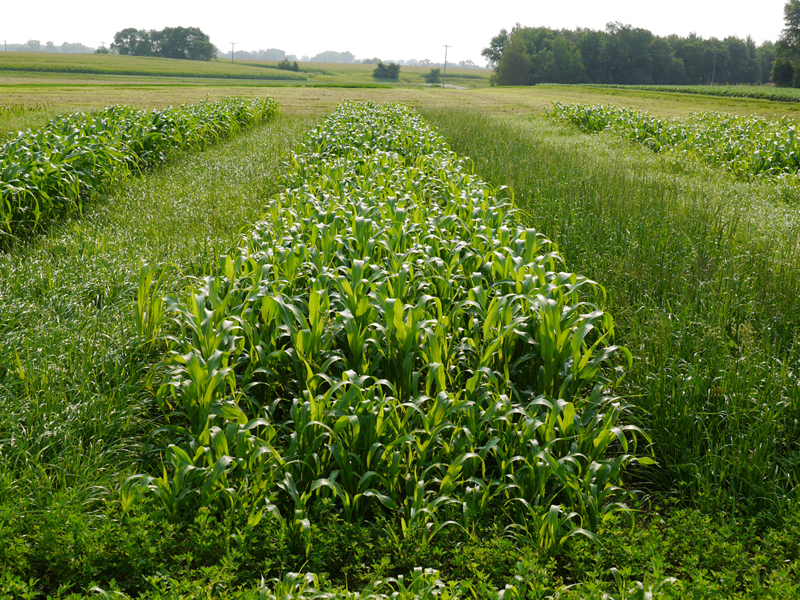
Meet alfalfa, a perennial legume used mainly as high-quality feed for dairy cattle. Alfalfa is also used as feed for beef cattle, horses, sheep, and goats. It’s high in protein (16-20% crude protein). It contains a lot of calcium and other minerals and vitamins. It contributes billions of dollars to the United States economy annually.

